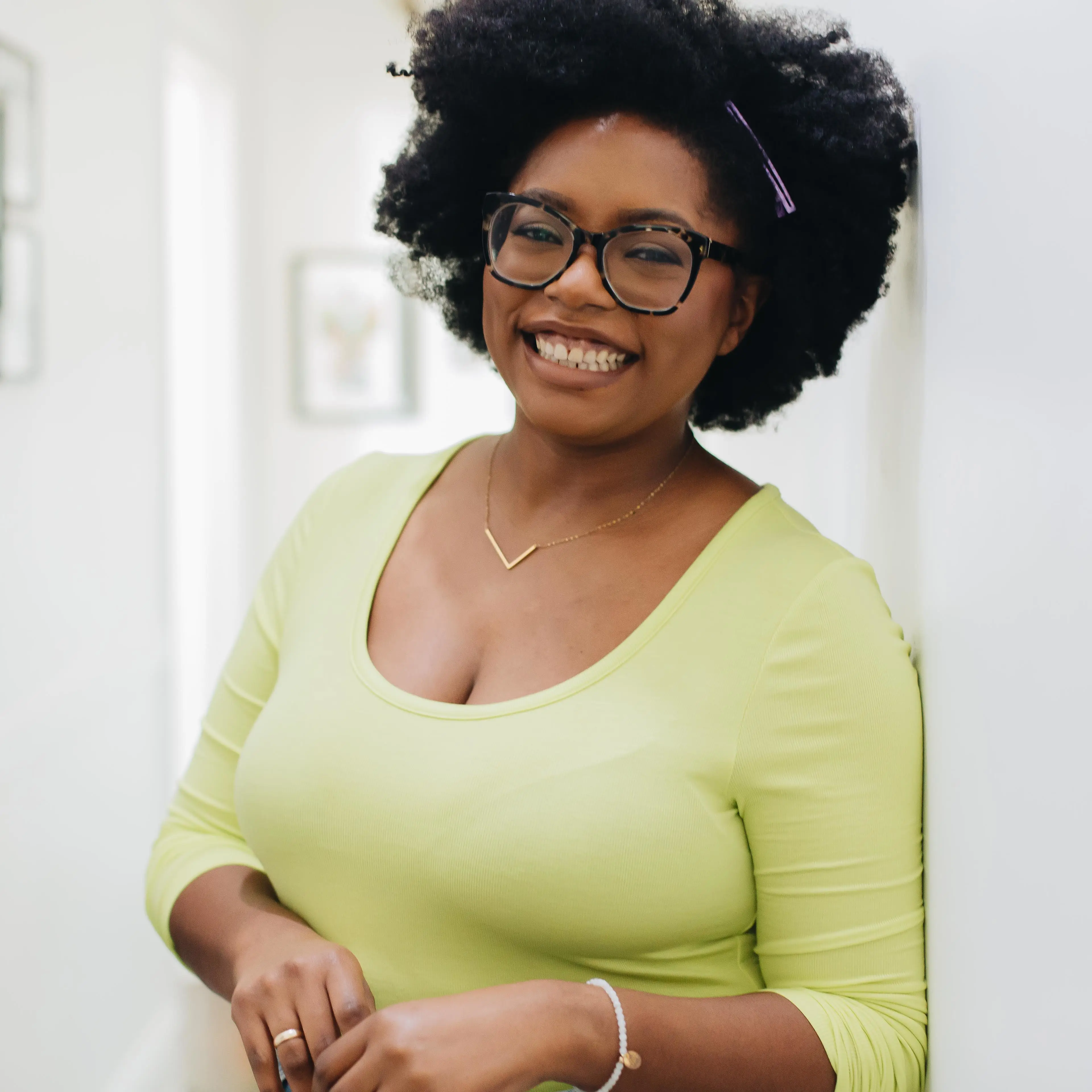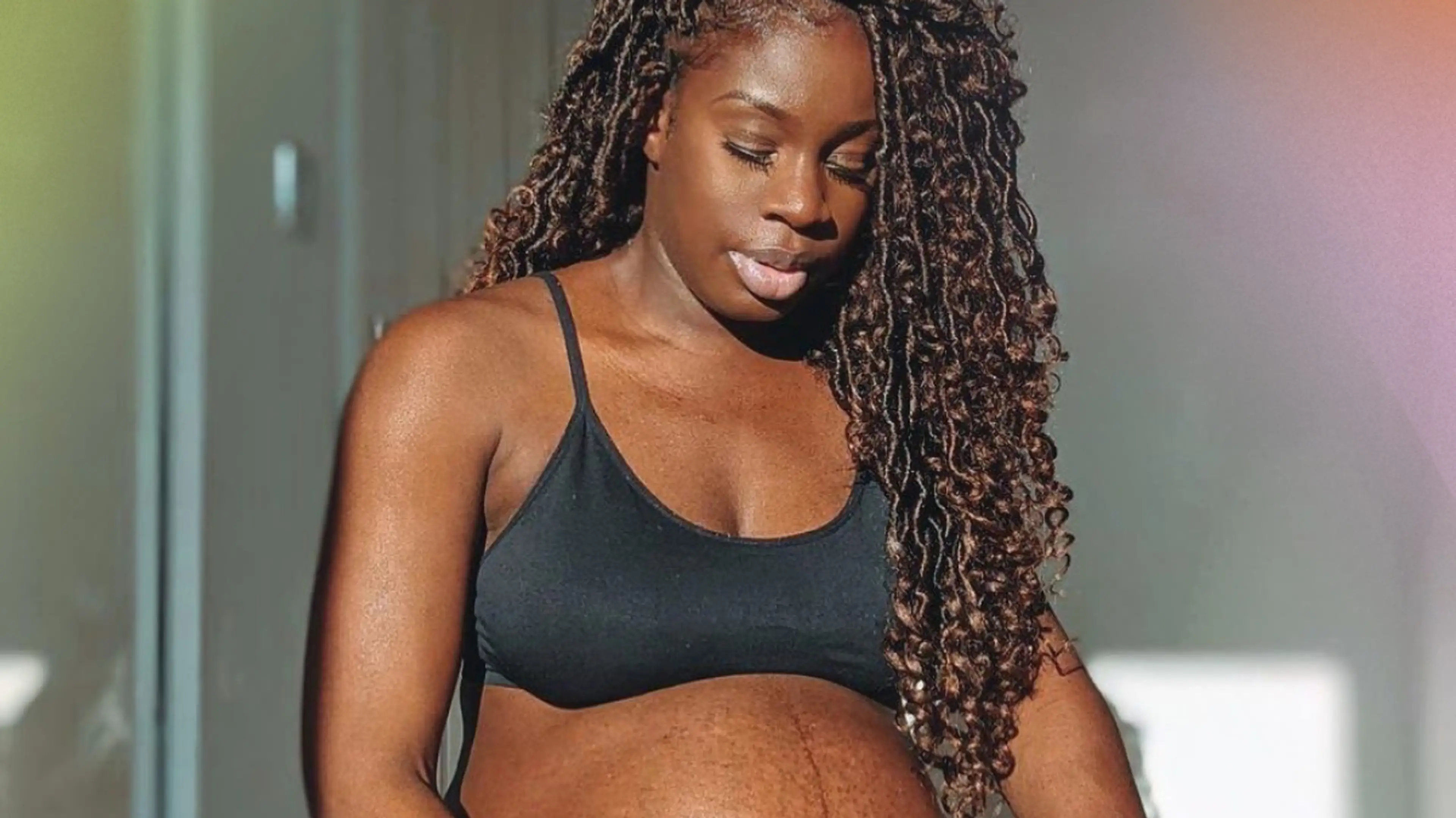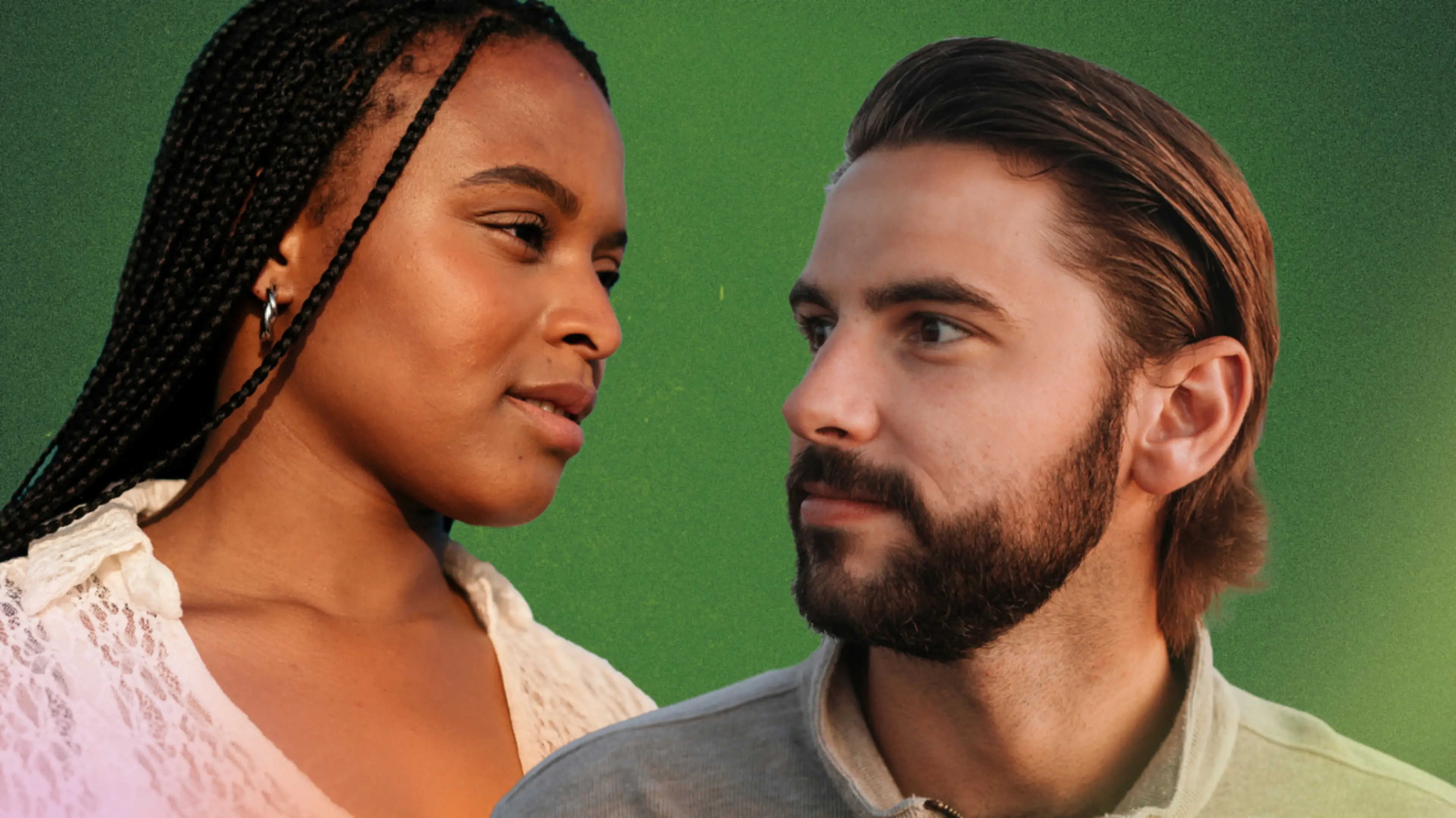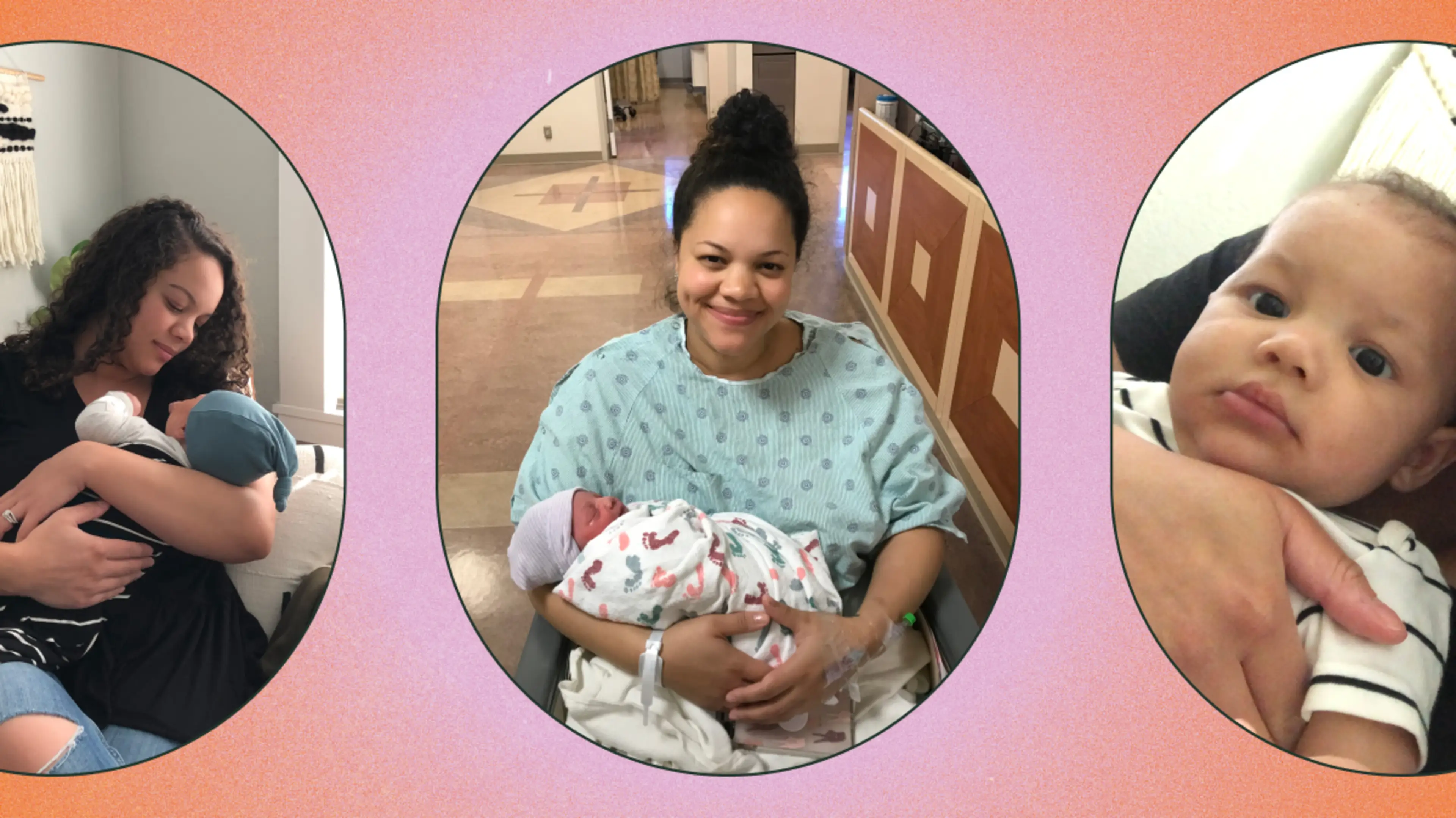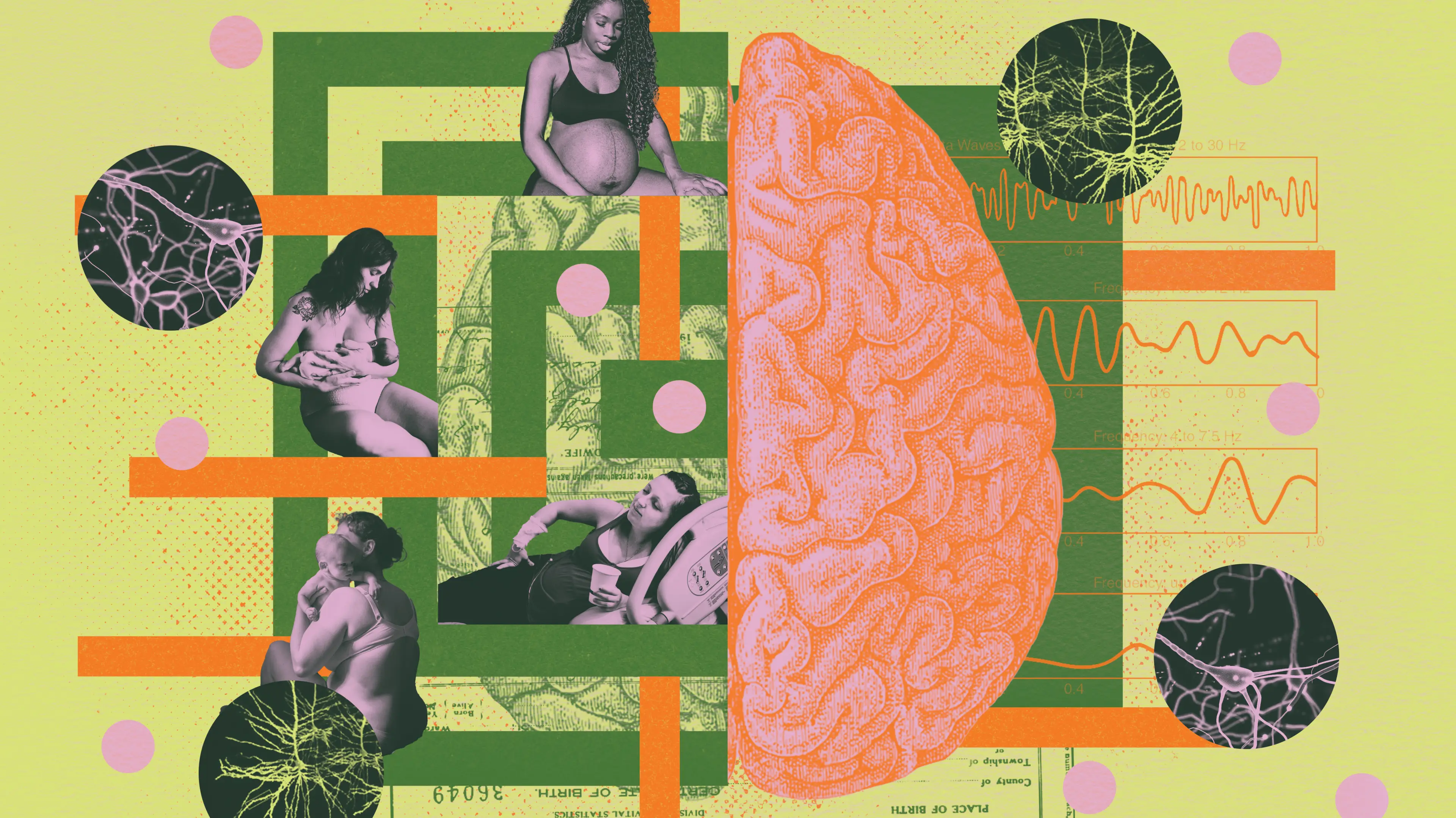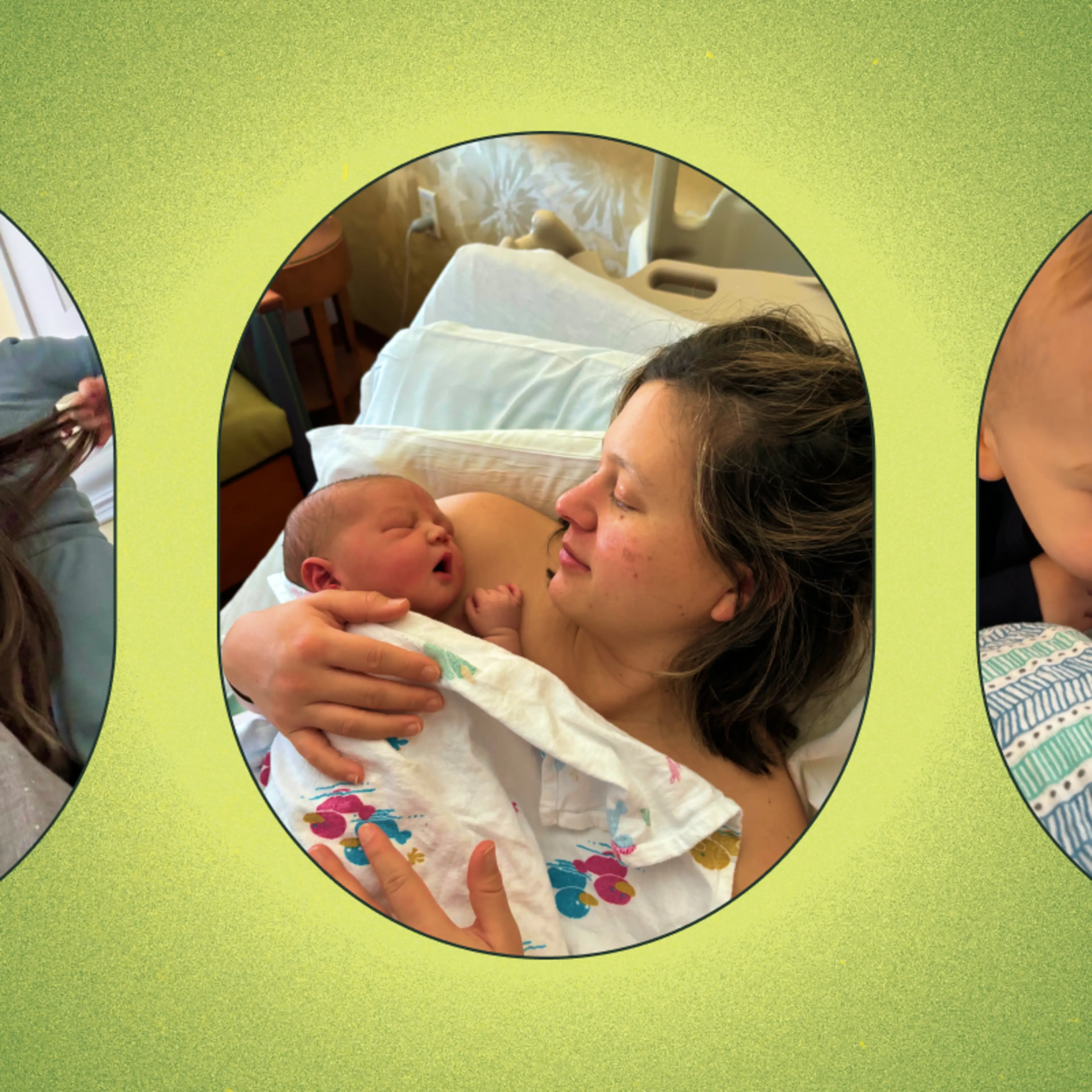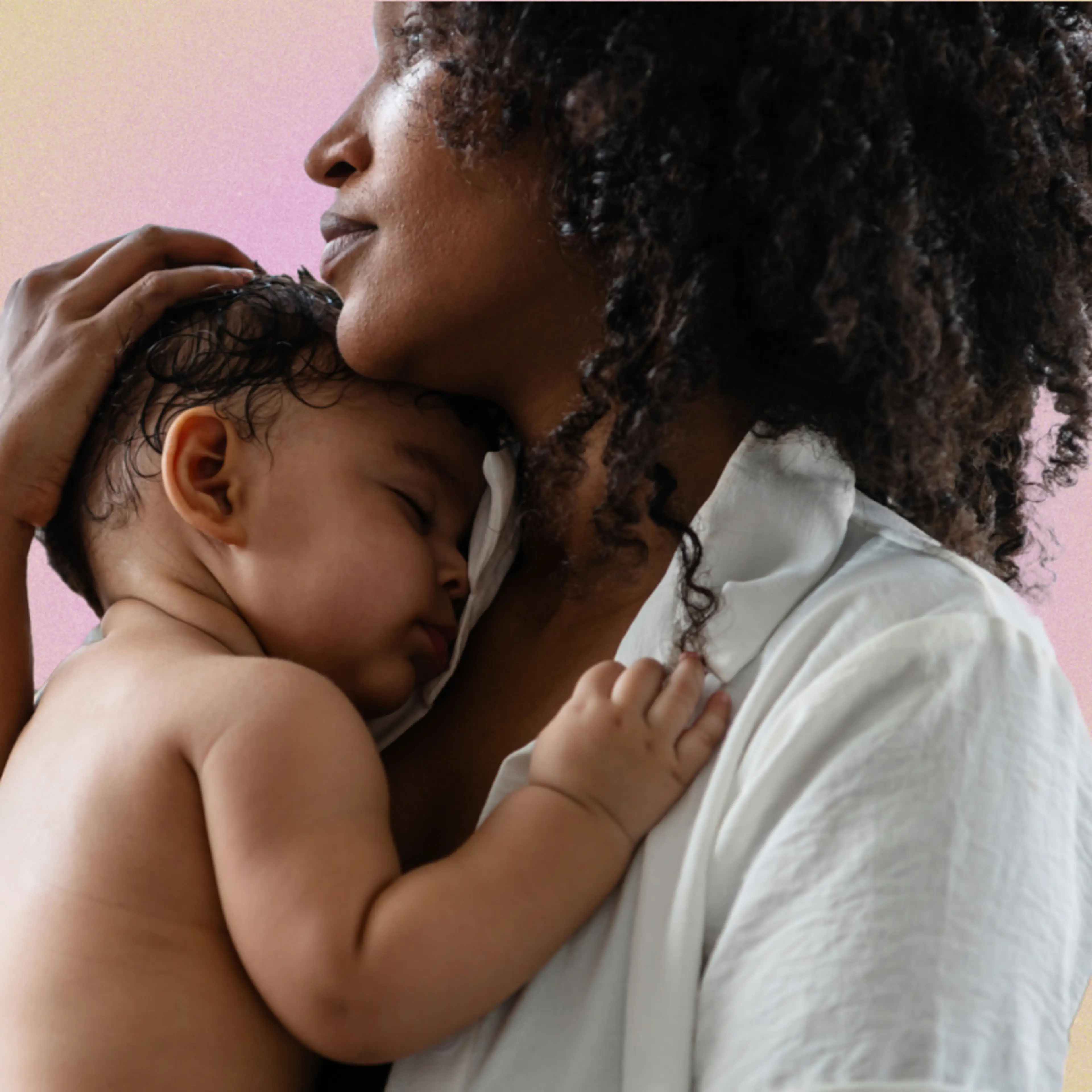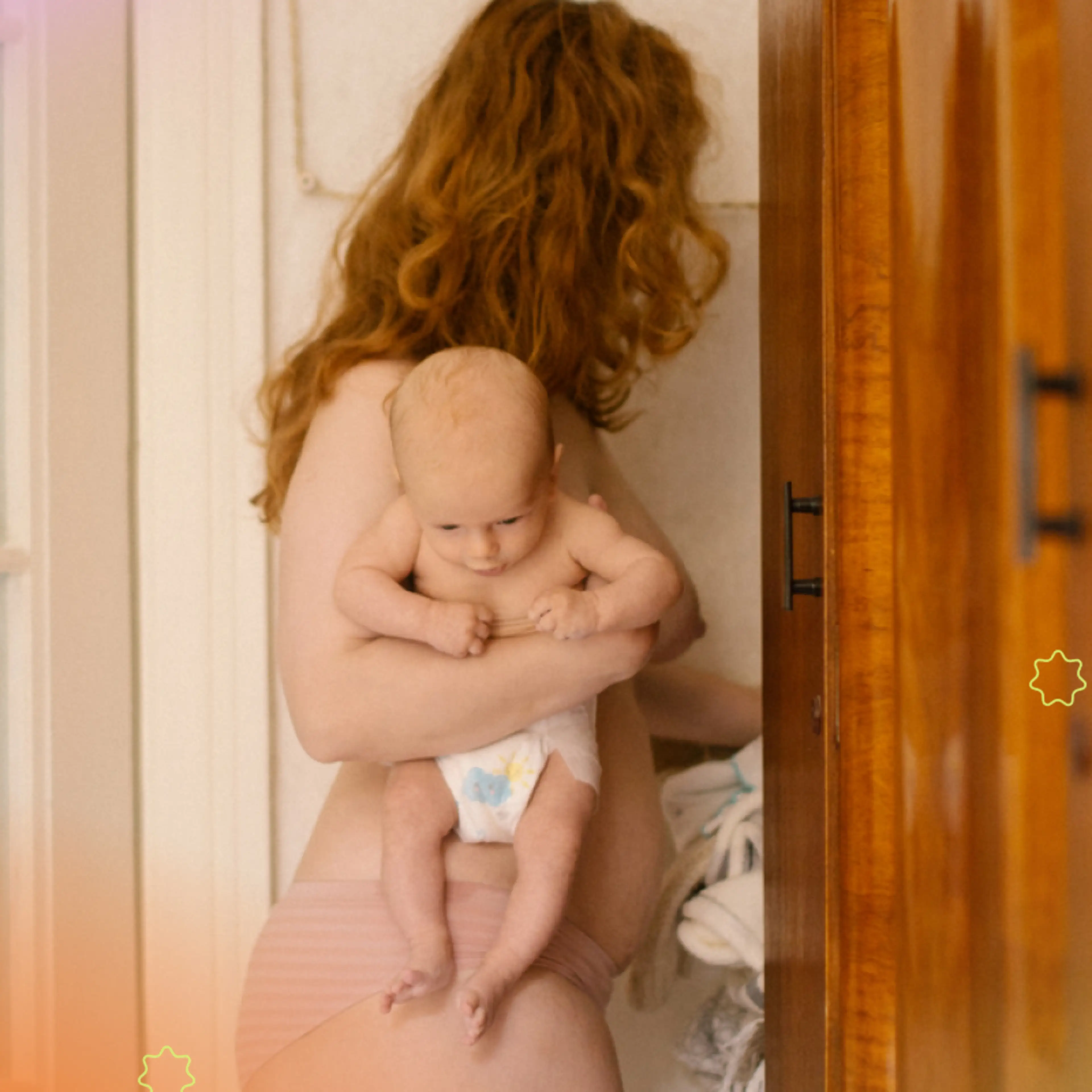Before I ever knew when and where I would give birth, I knew I would be rocking box braids. The protective style—made famous in the ‘90s thanks in large part to Janet Jackson in Poetic Justice—has become a sort of ritual for Black birthing parents. At the last appointment before my scheduled C-section, my ob-gyn (also a Black woman) commented “Yasss, Black girl birthing hair!” upon seeing my fresh knotless braids. To be clear, this was about more than aesthetics, this was about convenience and supporting my mental health.
I’ve always been somewhat of a “lazy” natural. Ever since I did the Big Chop in early 2019 and had my relaxed ends cut off from my tightly coiled ‘fro, I’ve worn my hair in a protective style, such as box braids, twists, or crochet braids, more often than not. Although I’ve recently tightened my Wash Day routine to about an hour give or take, there were days when the process of washing, deep conditioning, detangling, and styling my hair would take several hours each week.
As a soon-to-be new mom, I predicted I wouldn’t have the time, patience, or energy to continue this hair routine once the baby arrived. Beyond that, I’d already been diagnosed with perinatal depression and knew I was at greater risk for postpartum depression. A protective style wasn’t necessarily a safeguard for that, but it was a tool in my mental health toolbox.
Clarké Lunara, Chief Operations Officer of Candlelit Care, a virtual perinatal mental health service for Black pregnant and postpartum parents, can relate.
“When I gave birth to my son, I remember being four months in, still sleep-deprived with no recollection of the last time I showered,” she recalls. “I’d look at myself in the mirror and feel like a stranger in my body…Protective styles made all the difference during that stage. With protective styles, we can maintain our hair, care for it, and preserve our energy.”
Getting braids installed before giving birth provided me with one less thing to worry about. And not having to squeeze in a two-hour wash day while simultaneously caring for a newborn was a gift in and of itself. So often we focus most of our attention on the Big Things that come before the baby, such as setting up the registry and then the nursery, and we forget to carve out time to consider what we need to feel (and look) our best.
@expectful A protective style is an investment in your mental health 😌 #protectivestyles #postpartum #newmom #blackmotherhood #expectful #braids #twists #haircare ♬ original sound - expectful
“During the postpartum period, time for yourself can be limited based on a number of factors: the support systems you do or don’t have access to, the number of children in your household, your work schedule, your personal commitments, your recovery experience, the potential for complications, NICU stays, feeding successes or challenges (both take time to manage!), and more,” says Lunara. “Combine two to three of those things together, especially if you’re the primary caregiver, and suddenly self-care can become low on the priority list. When we care for ourselves, we are better able to care for those around us. We cannot pour from an empty cup.”
Ymani Blake, a birth and postpartum doula and CEO at Indigo Rose Birth in Chicago, intimately understands the role protective styles can play in a new parent’s self-care ritual. As a licensed braider, she’s witnessed pregnant people going into labor shortly after their hair appointments.
“We’ve always used our hair to tell our story. When someone becomes pregnant you are not only preparing to birth a baby, but you yourself are also being reborn,” she says. “It’s almost like installing a protective style before birth is like going into a cocoon. You do all this preparation before you go into labor like taking classes, cleaning your house, but that final hair appointment is like a signal for our spirit that it’s okay to have the baby now.”
While there are a variety of protective styles to choose from, Blake suggests box braids or twists based on their low maintenance and ease of accessing the scalp for cleansing and moisturizing because yes, you technically still need to wash your hair even if they’re in braids.
“This will help promote a healthy scalp, which will bless you with hair growth and retention,” she says. “Make time to sit under a hooded dryer to prevent any smells or mildew from forming.”
The best time to book your appointment is about two to three weeks before your estimated due date or scheduled C-section. If you plan on wearing your style for more than four weeks, do yourself a favor by booking your touch-up appointment ahead of time. Costs depend on the type of style; length of braids or twists; and where you live, but you can expect to spend at least several hundred dollars.
While getting braids didn’t prevent me from grappling with postpartum depression, they did make the process a little easier in combination with regular appointments with my therapist and follow-up appointments with our doula. Investing in a protective style was an investment in my mental health.
Wearing braids while giving birth also helped me feel like part of a centuries-long tradition of Black women caring for themselves before such a spiritual and emotional experience.
“Our ancestors used hair braiding to express themselves just like we do today. They frequently used elaborate designs, beading, and threading to signify a person's status within the culture,” says Blake. “Different styles signified a transitional period in someone’s life such as a promotion, marriage, pregnancy, or even preparing for the afterlife. It’s really amazing the ways in which our creativity has always aided us in liberation. So in a way, styling our hair has historically always been spiritual and sacred.”
